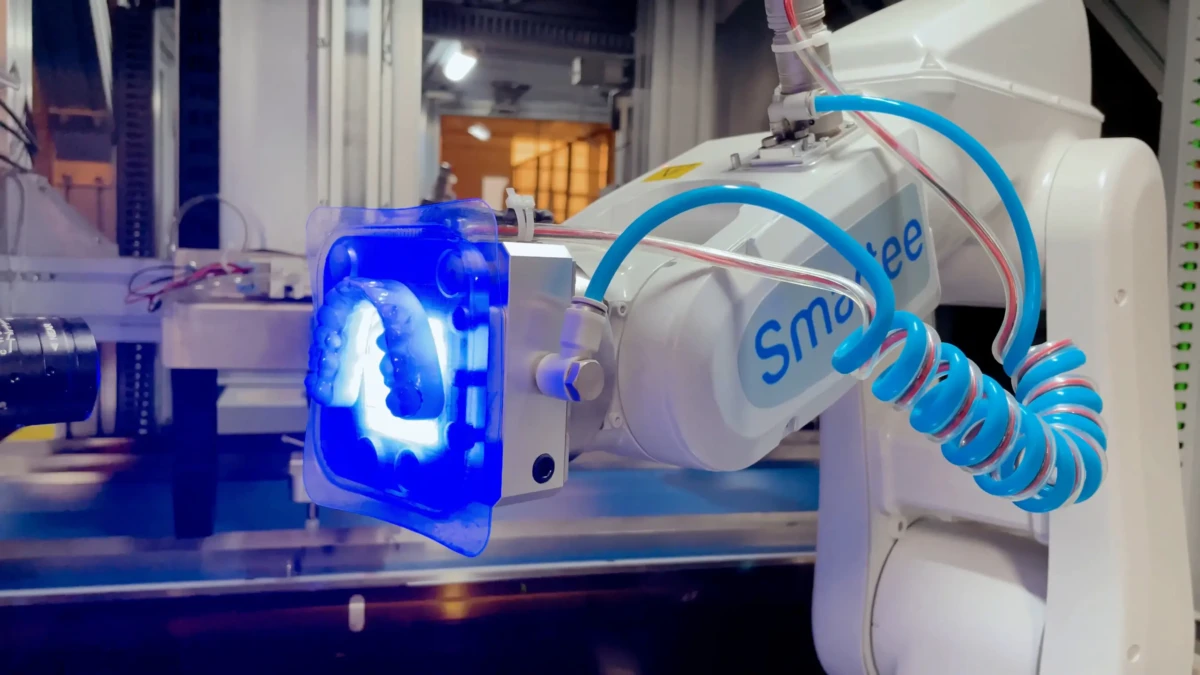Smartee Denti-Technology Demonstrates World-Class Manufacturing Capacity to Support Global Growth

“Smartee’s advanced manufacturing ecosystem is built to scale with our global business growth,” said Mr. Haoxue Pu, Chief Technology Engineer at Smartee.
“Our cutting-edge digital production model enables us to meet the growing demand for Smartee-branded products worldwide while maintaining the highest standards of precision and quality. Furthermore, our modular production lines enable rapid responsiveness to evolving market requirements.”